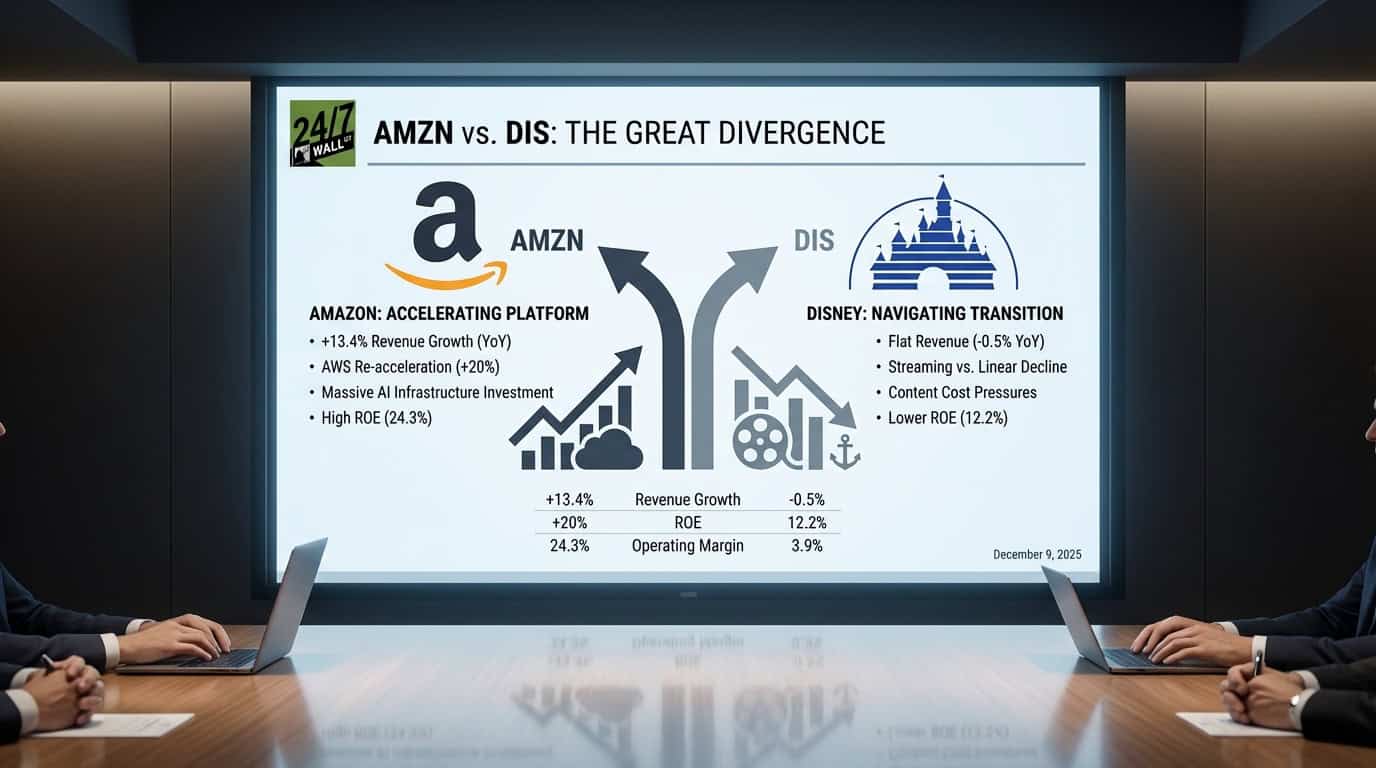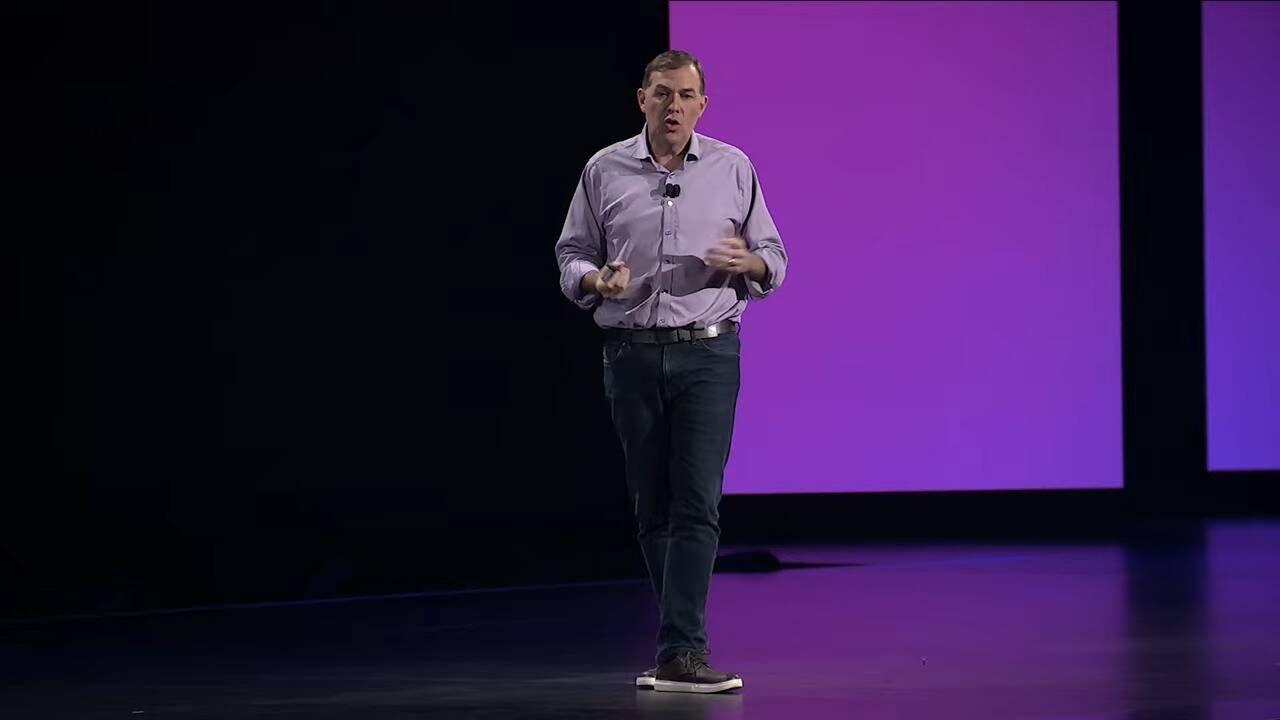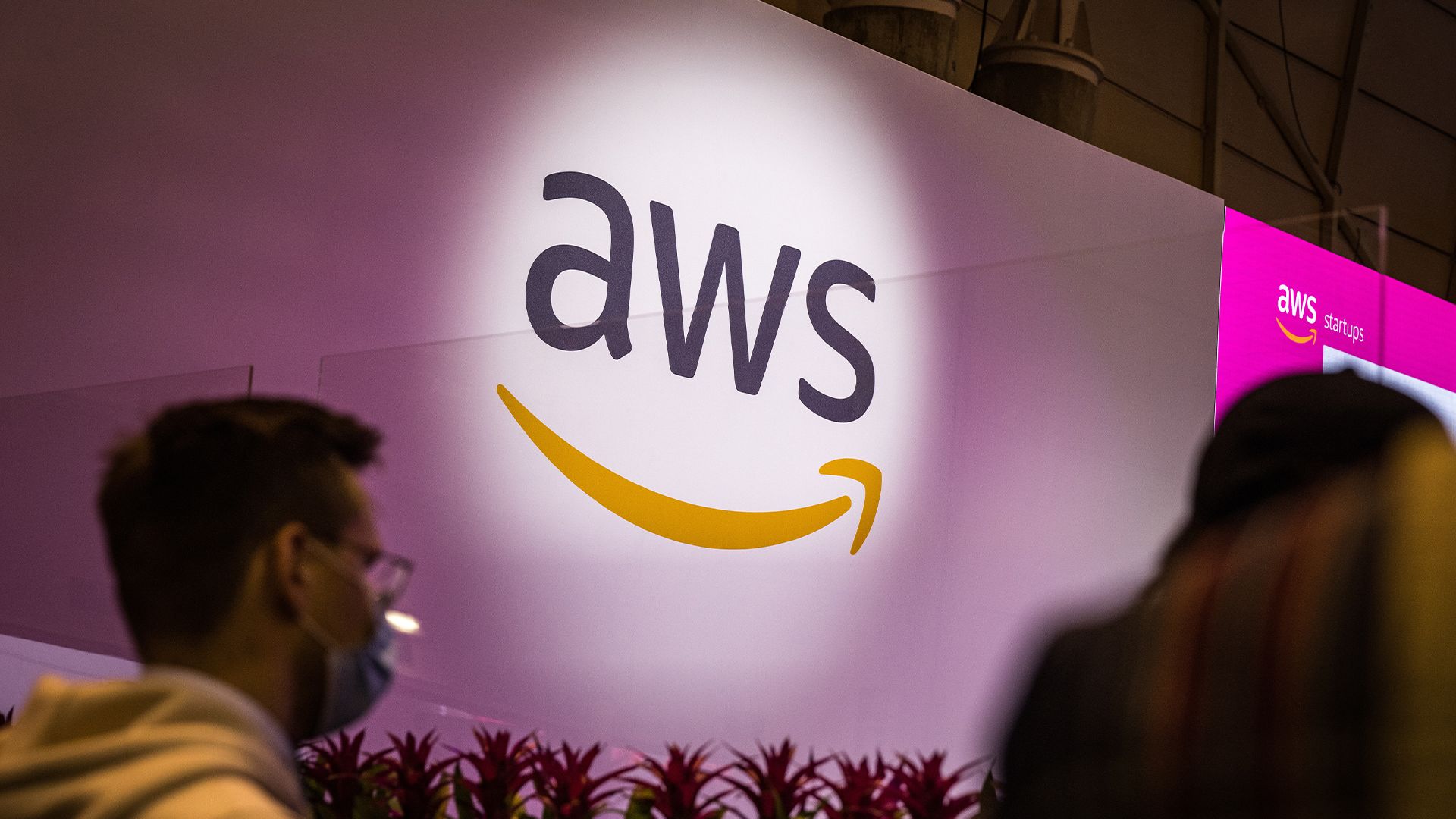#aws
#aws
[ follow ]
#amazon #ai-infrastructure #cloud-infrastructure #openai #enterprise-ai #earnings #advertising #e-commerce #layoffs
fromMedium
1 month agoBridging AI and AWS: A Deep Dive into Using Model Context Protocol (MCP) for Intelligent Cloud...
Imagine asking your AWS infrastructure a question in plain English and getting an intelligent, contextual answer - not raw JSON or CloudWatch graphs, but actual insights. That's what becomes possible when you combine the Model Context Protocol (MCP) with AWS. I recently built CloudWhisper, an AI-powered chatbot that uses MCP to connect AI models like ChatGPT and Claude directly to AWS services. In this article, I'll explain how MCP works with AWS, why it matters, and how to build your own MCP-powered AWS integration.
Artificial intelligence
fromMedium
1 month agoUnified Observability Through Open Standards and Distributed Tracing
Unified observability signifies the possession of one consistent view over all the parts of a distributed system - applications, infrastructure, and services. With modern systems being spread over several clouds, microservices, and APIs, the only way to have such visibility is through open standards and distributed tracing. Standards such as OpenTelemetry not only make it easier to collect but also to correlate the telemetry data (logs, metrics, and traces) from various components.
DevOps
Artificial intelligence
fromMedium
1 month agoBridging AI and AWS: A Deep Dive into Using Model Context Protocol (MCP) for Intelligent Cloud...
MCP enables AI models to securely access and query AWS services in real time, providing contextual, actionable infrastructure insights without exposing credentials.
fromInfoQ
3 weeks agoKarrot Improves Conversion Rates by 70% with New Scalable Feature Platform on AWS
Karrot, a leading platform for building local communities in Korea, uses a recommendation system to provide users with personalized content on the home screen. The system consists of the recommendation machine learning model and a feature platform that acts as a data store for users' behaviour history and article information. As the company has been evolving the recommendation system over recent years, it became apparent that adding new functionality was becoming challenging, and the system began to suffer from limited scalability and poor data quality
Artificial intelligence
Artificial intelligence
fromTechCrunch
3 weeks agoAndy Jassy says Amazon's Nvidia competitor chip is already a multi-billion-dollar business | TechCrunch
Amazon's Trainium chips are gaining significant traction and capturing substantial cloud AI workload share against Nvidia, driven by price-performance and large customers like Anthropic.
fromZDNET
3 weeks agoAmazon says new DevOps agents need no babysitting - you can try them here
The three agent offerings, dubbed frontier agents, are "a new class of AI agents that are autonomous, scalable, and work for hours or days without intervention," stated AWS in a press release.
Software development
Artificial intelligence
fromTechCrunch
3 weeks agoAmazon releases an impressive new AI chip and teases a Nvidia-friendly roadmap | TechCrunch
Trainium3 UltraServer uses 3nm chips to deliver 4x speed and memory, 40% better energy efficiency, scales to 1 million chips; Trainium4 will interoperate with Nvidia.
DevOps
fromAmazon Web Services
4 weeks agoIntroducing the AWS Infrastructure as Code MCP Server: AI-Powered CDK and CloudFormation Assistance | Amazon Web Services
An MCP-based IaC server enables AI assistants to search docs, validate templates, troubleshoot deployments, and enforce best practices while keeping execution local and secure.
fromIT Pro
4 weeks agoAWS' new DNS 'business continuity' feature targets 60 minute recovery time after October cloud outage
Today, we're announcing Amazon Route 53 Accelerated recovery for managing public DNS records, a new Domain Name Service (DNS) business continuity feature that is designed to provide a 60-minute recovery time objective (RTO) during service disruptions in the US East (N. Virginia) AWS Region," said Micah Walter, senior solutions architect, in a post on the .
DevOps
fromInfoWorld
1 month agoAWS open-sources Agent SOPs to simplify AI agent development
However, AWS claims that during its internal use of Strands Agents, its developers encountered issues while deploying agents built with the SDK. The SDK's reliance on model-driven reasoning, according to AWS, often produced unpredictable outcomes once agents hit production workloads, leading to inconsistent results, misinterpreted instructions, and high-maintenance prompt engineering - all of which were impediments to adoption at scale.
Artificial intelligence
fromTechzine Global
1 month agoDynatrace integrates with Amazon Bedrock AgentCore
Dynatrace connects its observability platform to Amazon Bedrock AgentCore. The integration provides real-time insight into autonomous AI agents within AWS environments. For developers, this means better control over agentic workflows and their performance. Amazon Bedrock AgentCore helps build and deploy AI agents without requiring infrastructure management. The integration with Dynatrace ensures that agent telemetry is converted into insights. Teams can use this to monitor the reliability and responsiveness of agents at the trace level. Intelligent alerts for key metrics become possible.
Artificial intelligence
DevOps
fromAmazon Web Services
1 month agoStreamlining Multi-Account Infrastructure with AWS CloudFormation StackSets and AWS CDK | Amazon Web Services
CloudFormation StackSets enables consistent deployment of resources across multiple AWS accounts and regions to address multi-account, multi-region management challenges.
fromMedium
2 months agoCloudWhisper: Revolutionizing AWS Infrastructure Management with AI and MCP
Instead of navigating AWS Console or writing scripts, just ask: Example Queries: "What are the IP addresses of my EC2 instances?" → Gets all running instances with public/private IPs "How much storage am I using in S3?" → Lists all buckets with sizes and costs "Show me my CloudWatch alarms" → Displays all alarms with status and metrics "Are there any security issues?" → AI-powered security analysis with recommendations
DevOps
fromGameSpot
1 month agoA Single Bug Caused Massive AWS Outage That Took Down Fortnite And Much More
The DNS Planner continued to generate new plans, and while the first Enactor was delayed, a second DNS Enactor began to implement those plans. Once the second Enactor had implemented the new plans, it began the clean-up process, which deletes all plans older than the one it had just implemented. At the same time, the first Enactor finally caught up and overwrote the newer plan, with a check that should have prevented that from happening also failing due to the high delays.
Tech industry
[ Load more ]

































